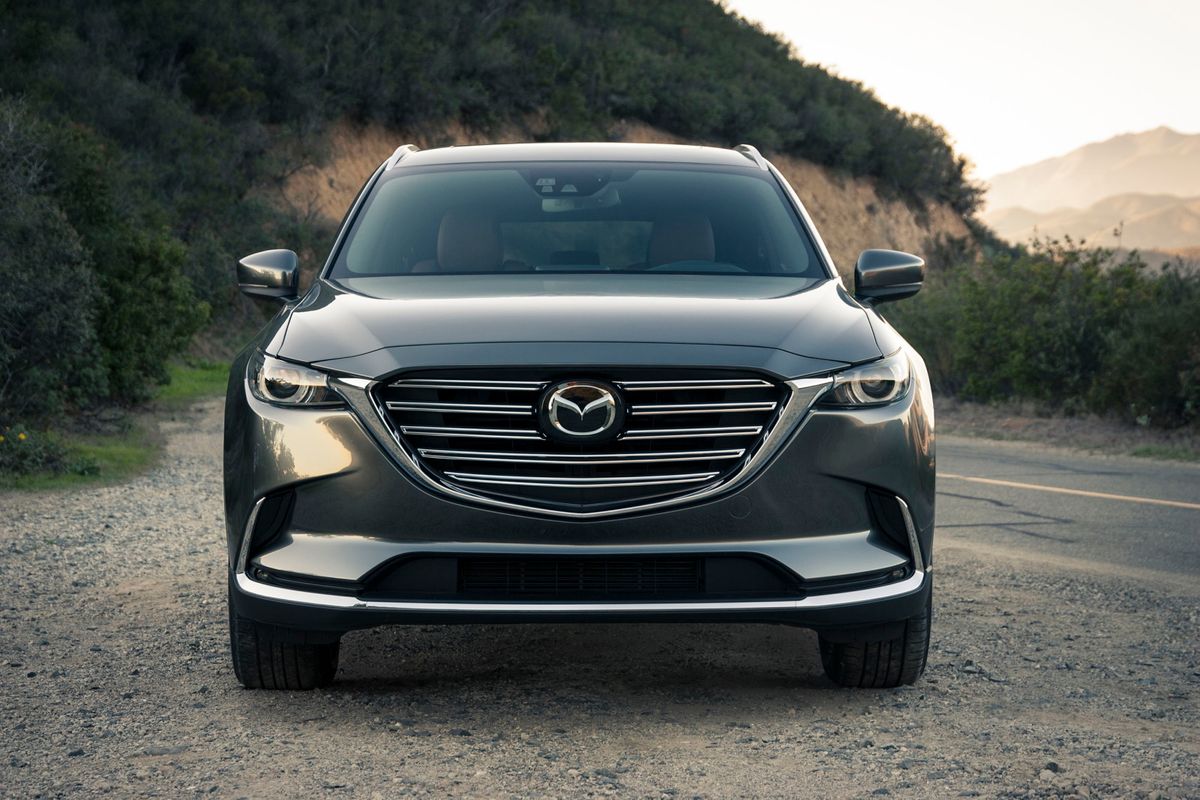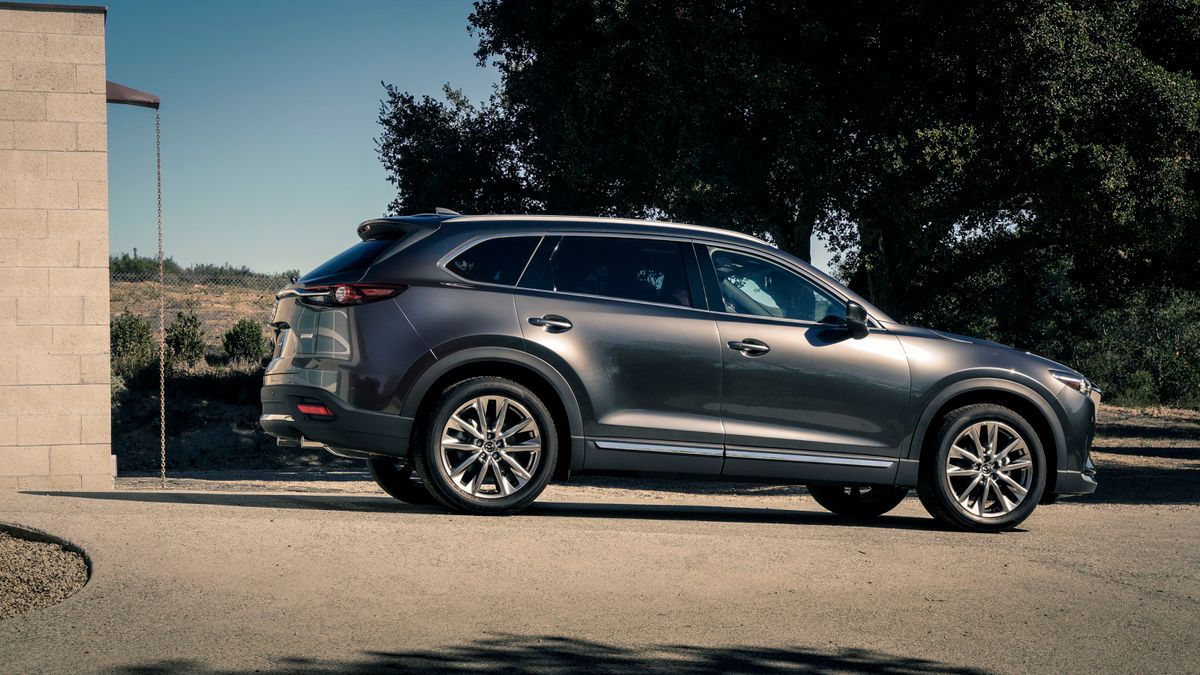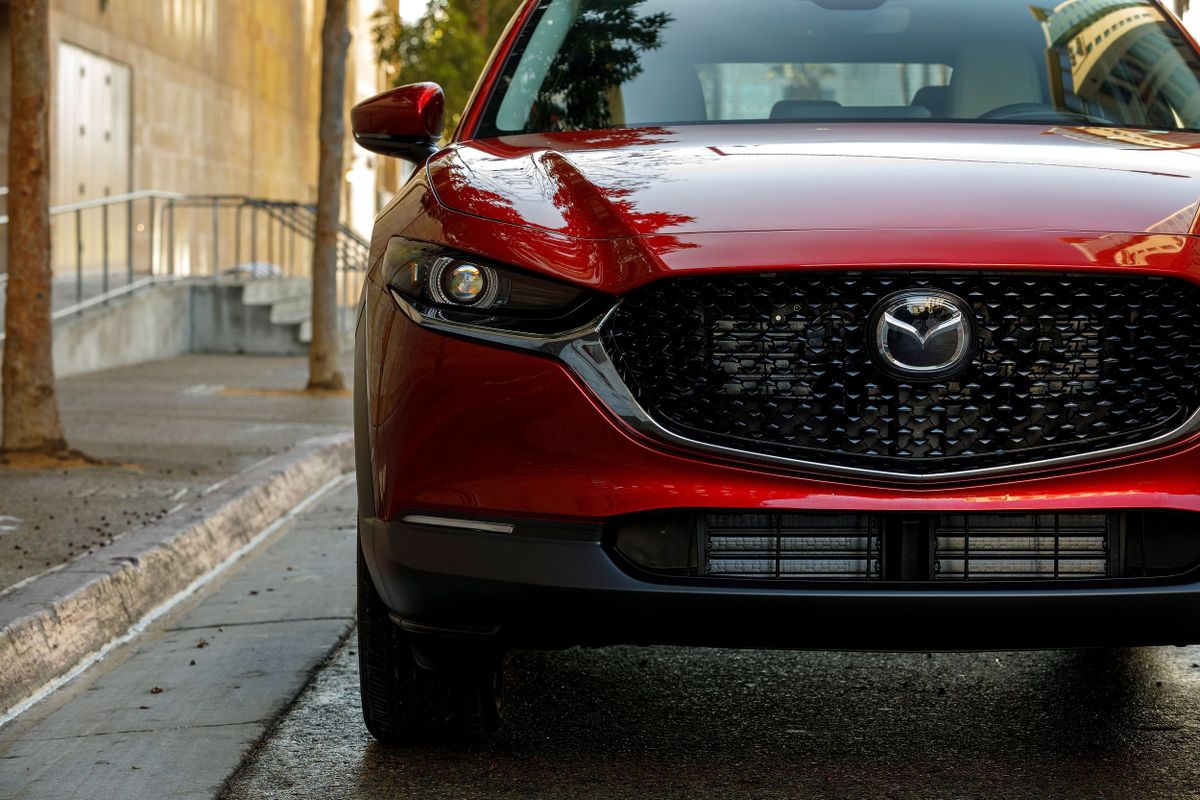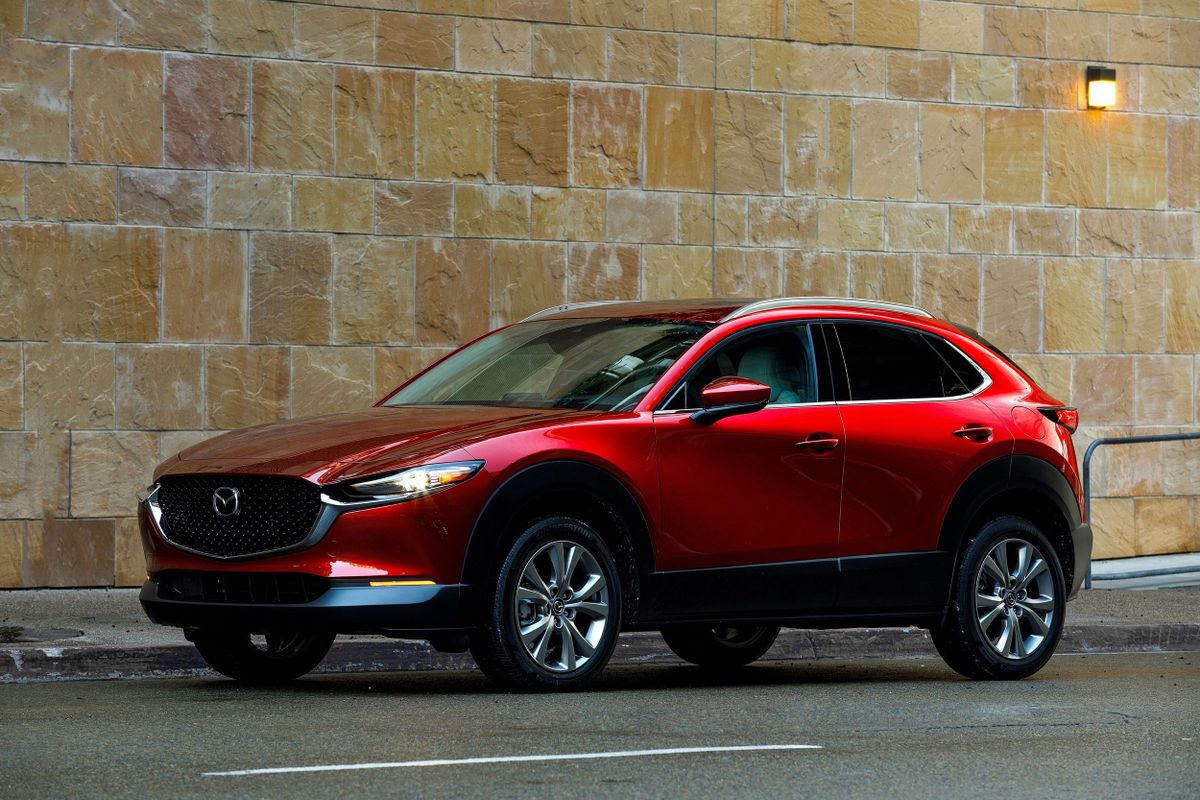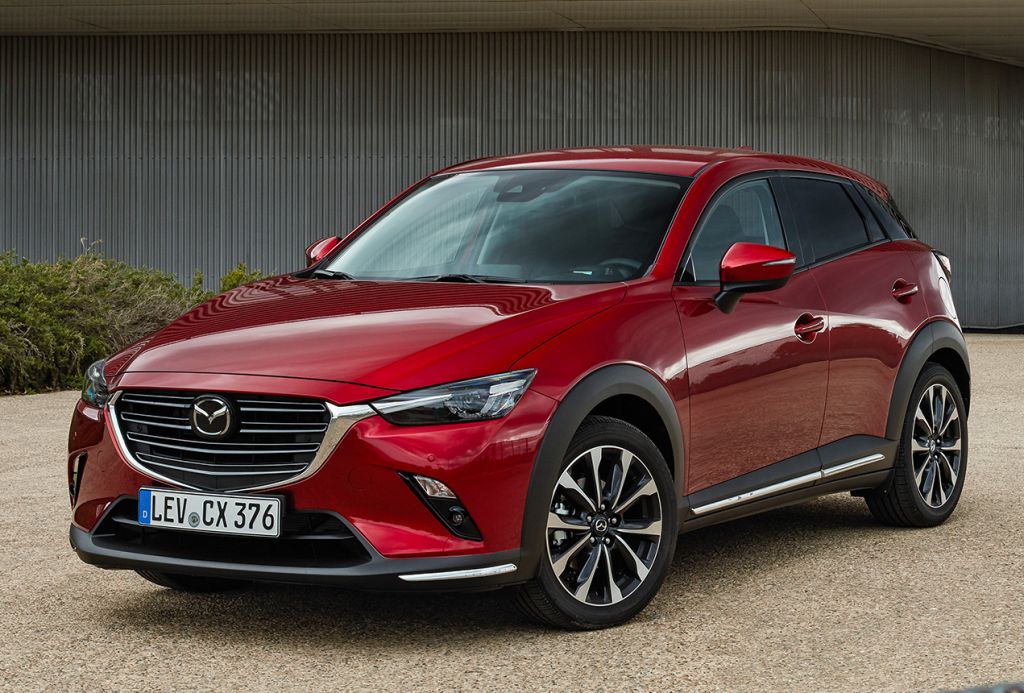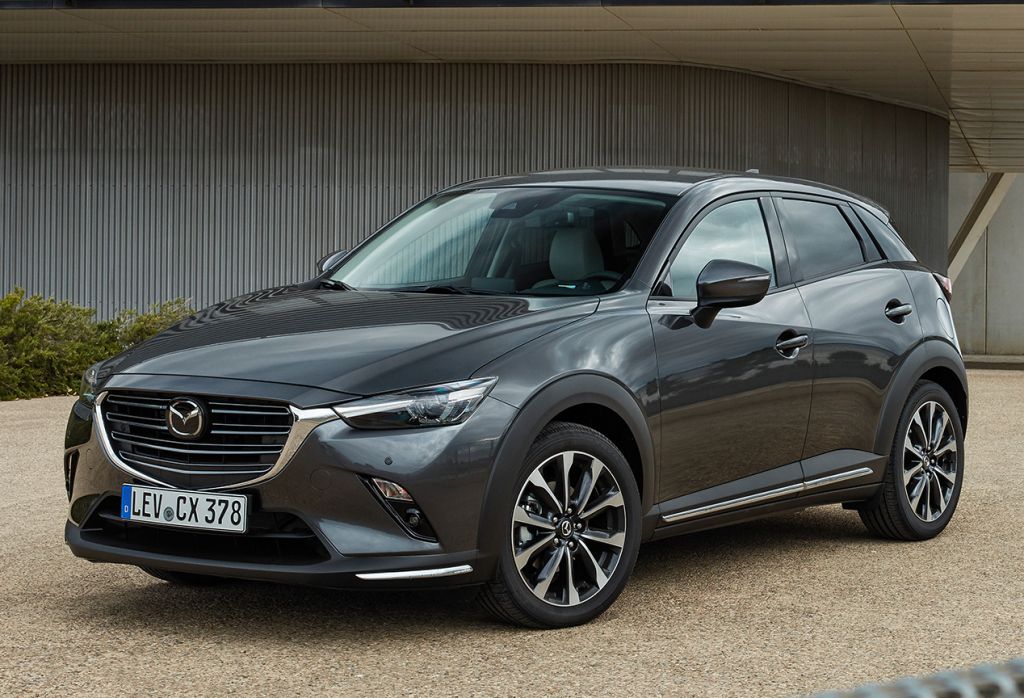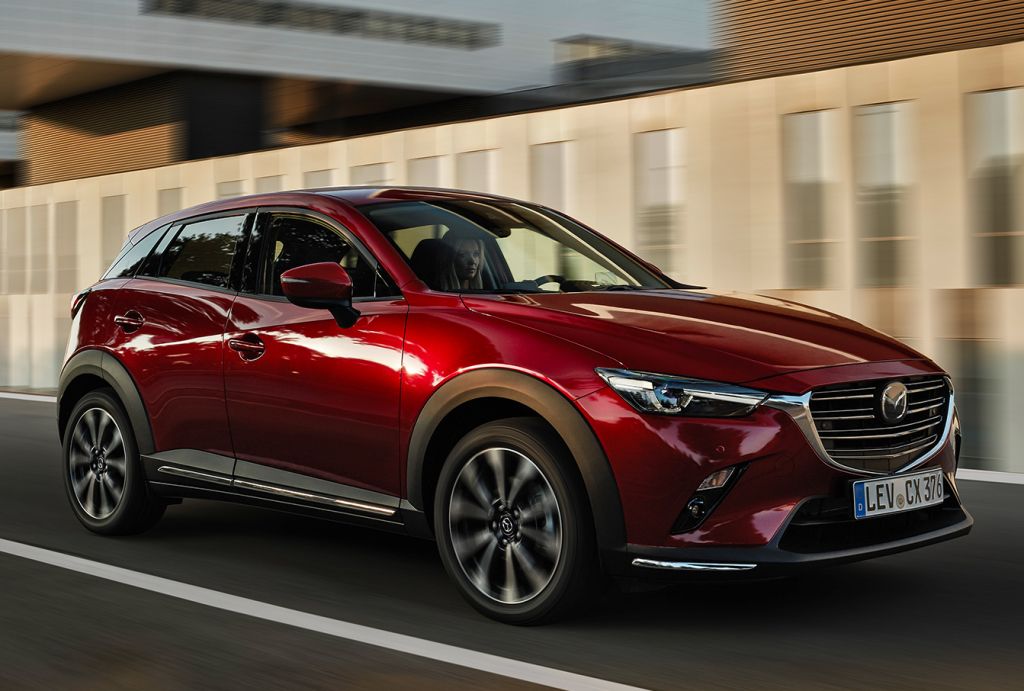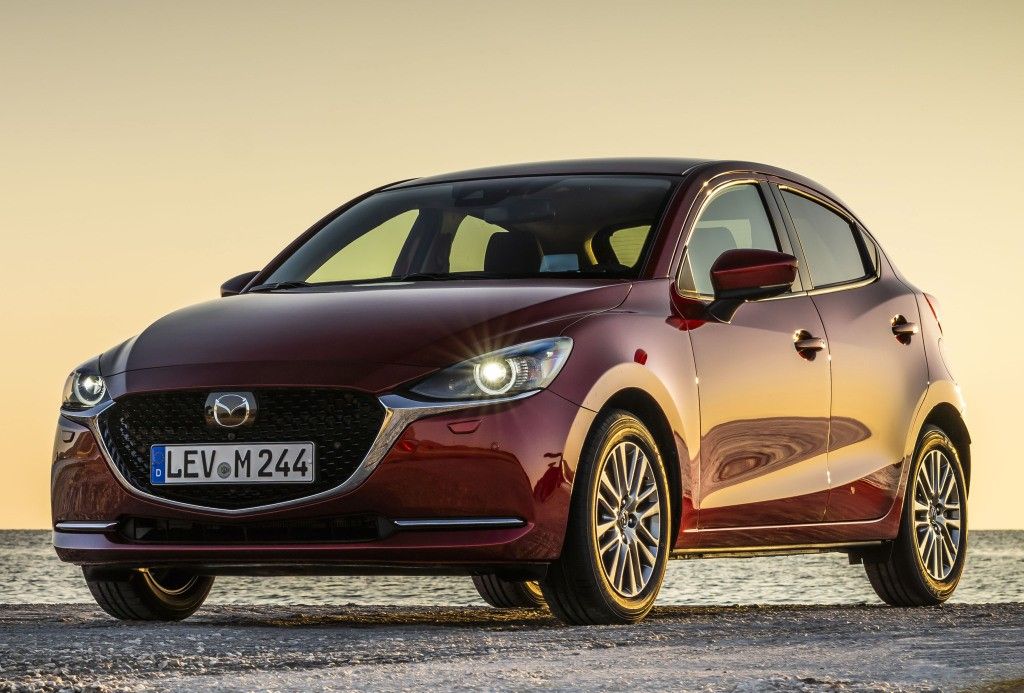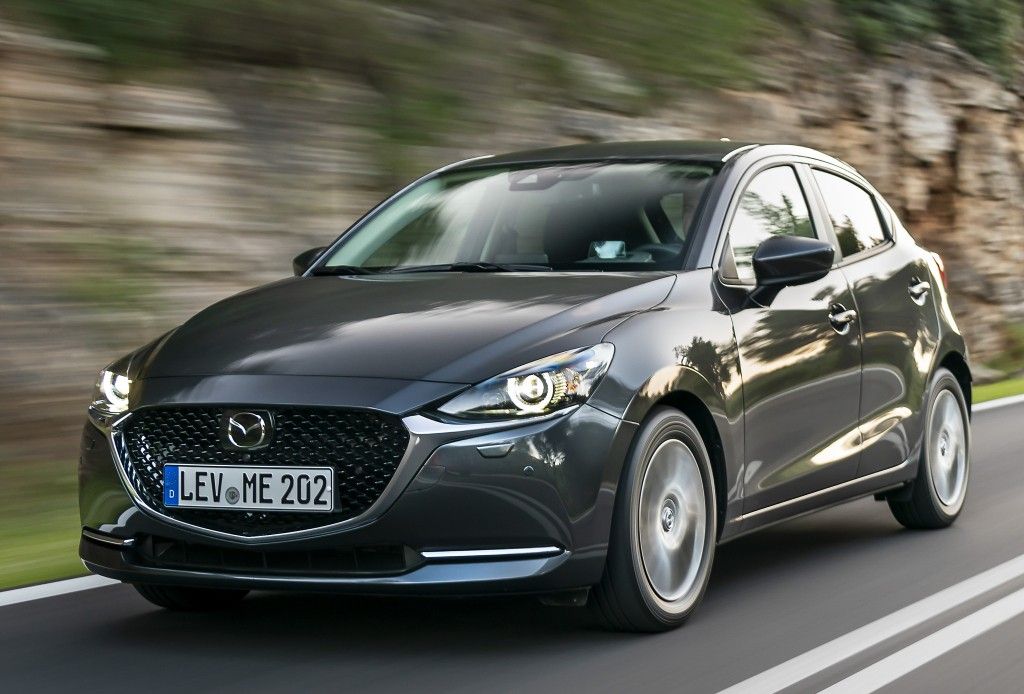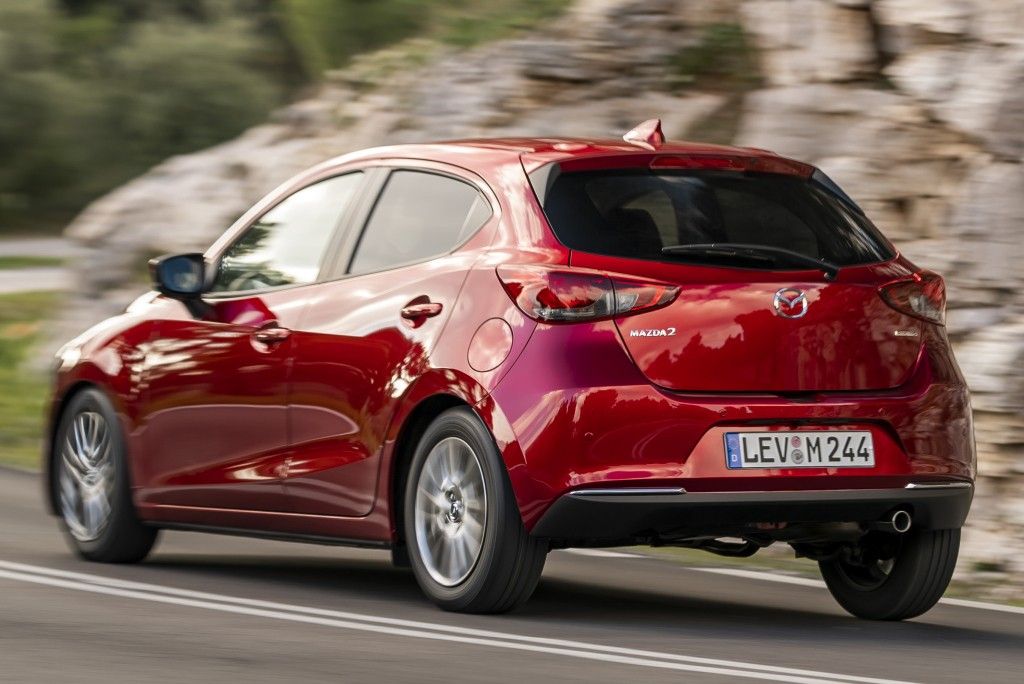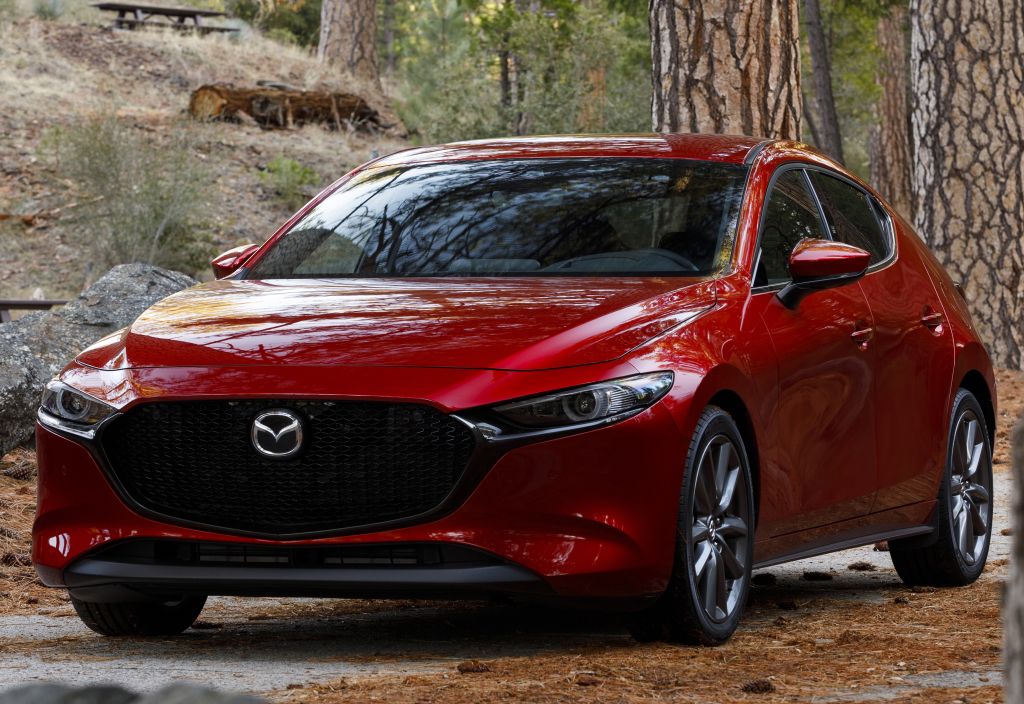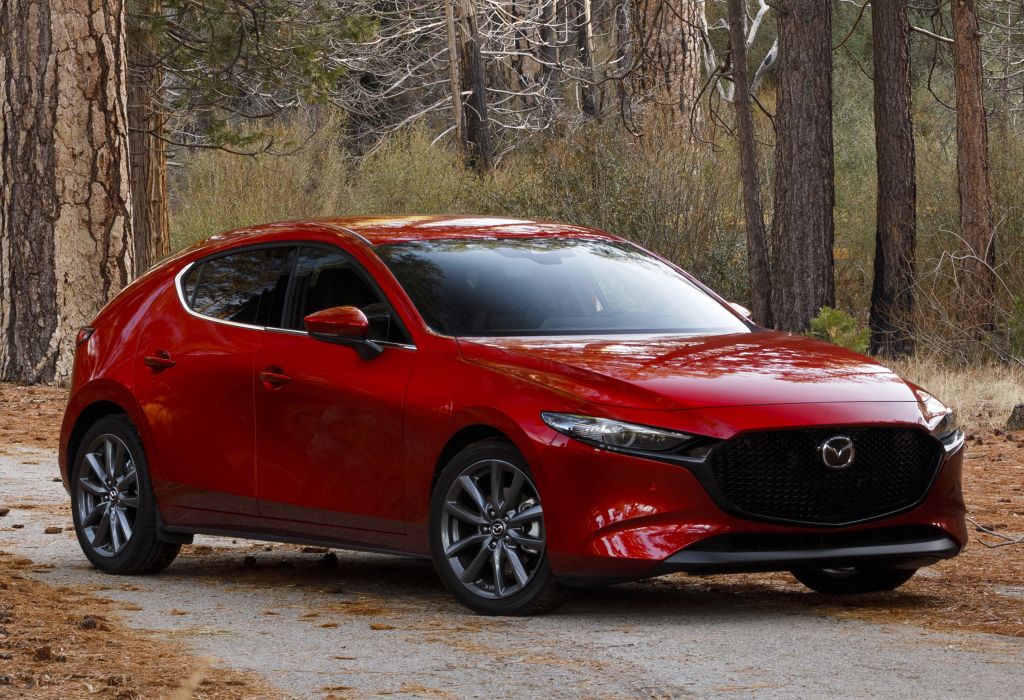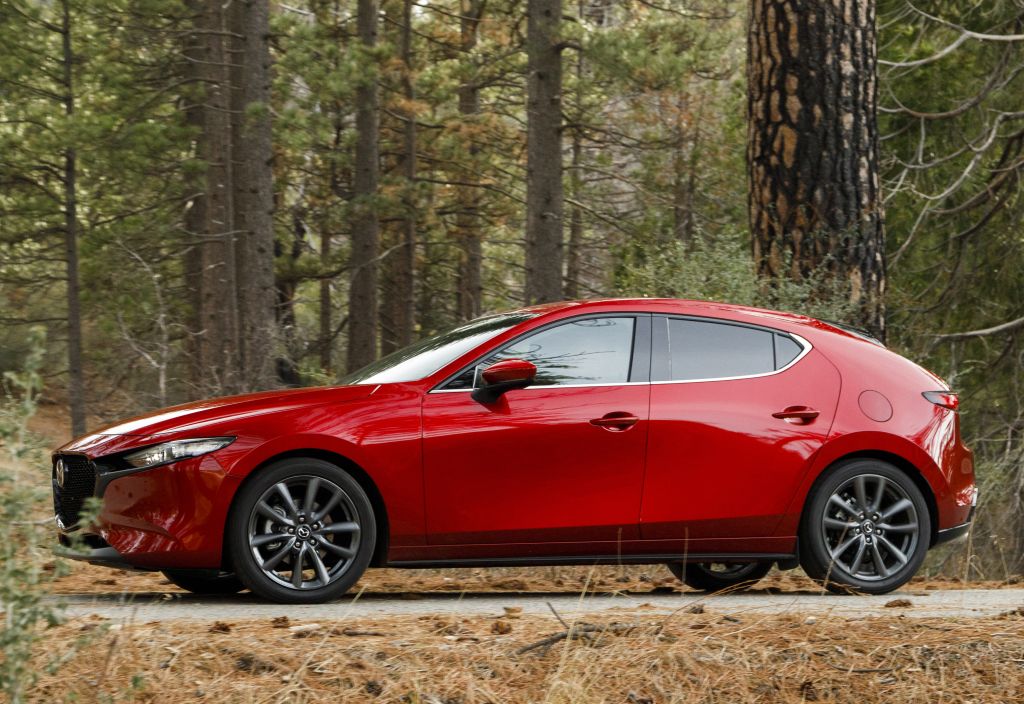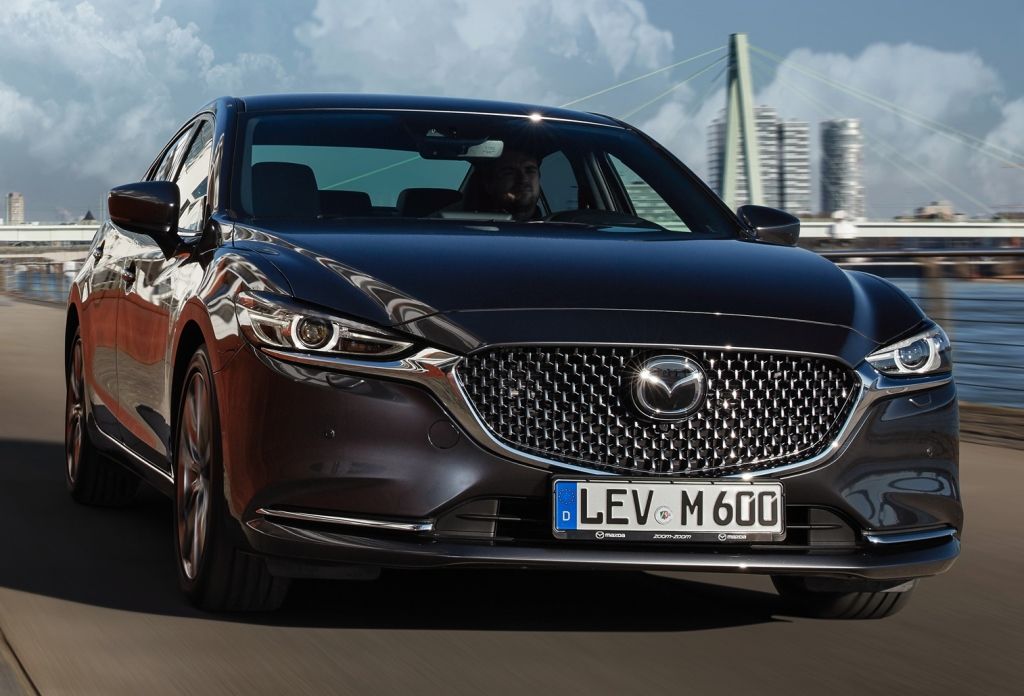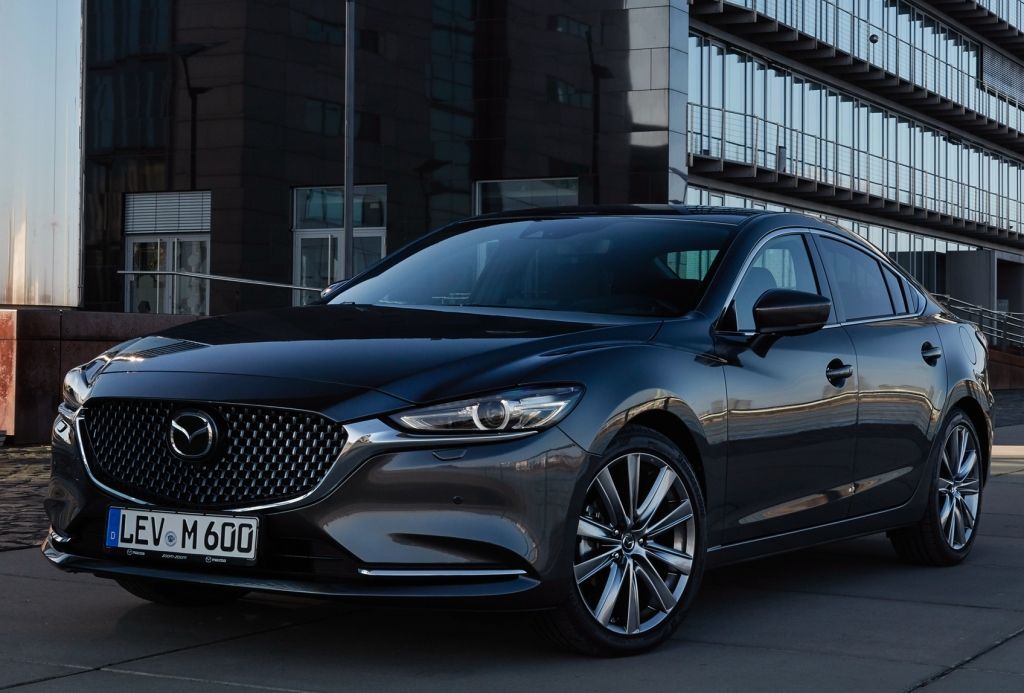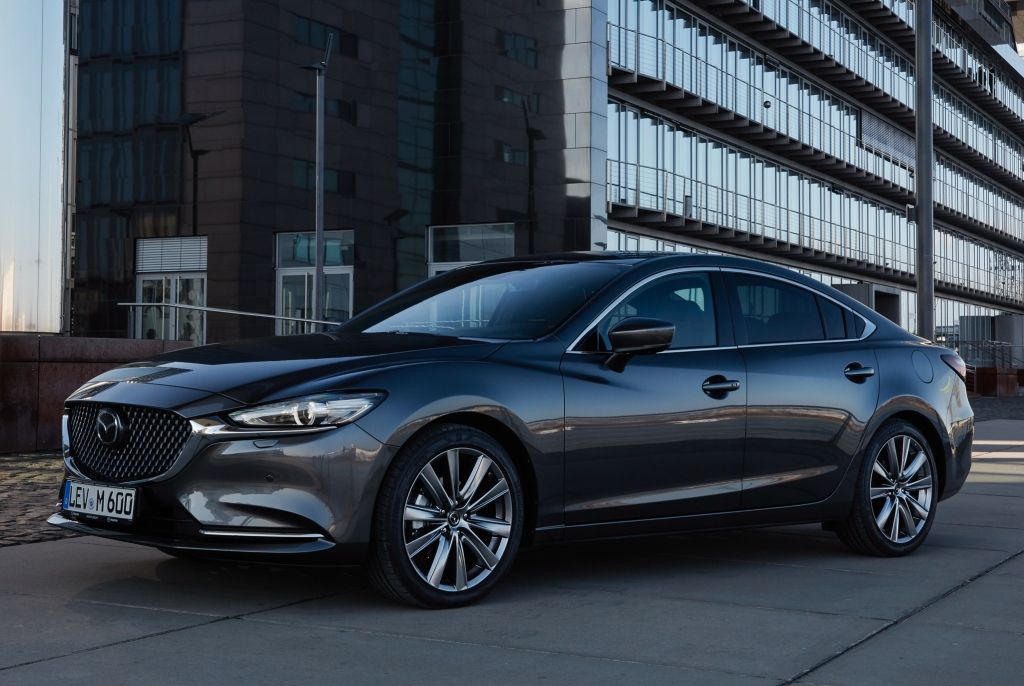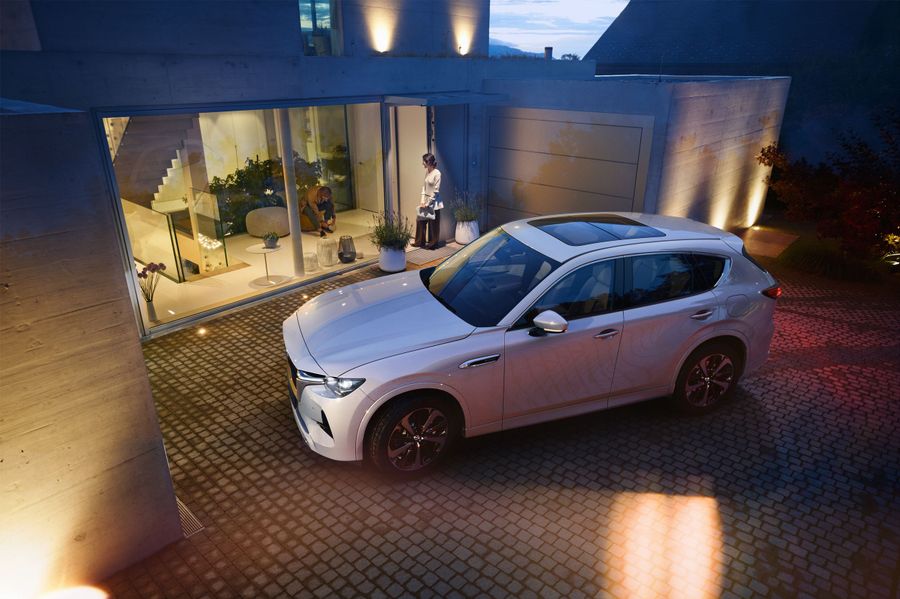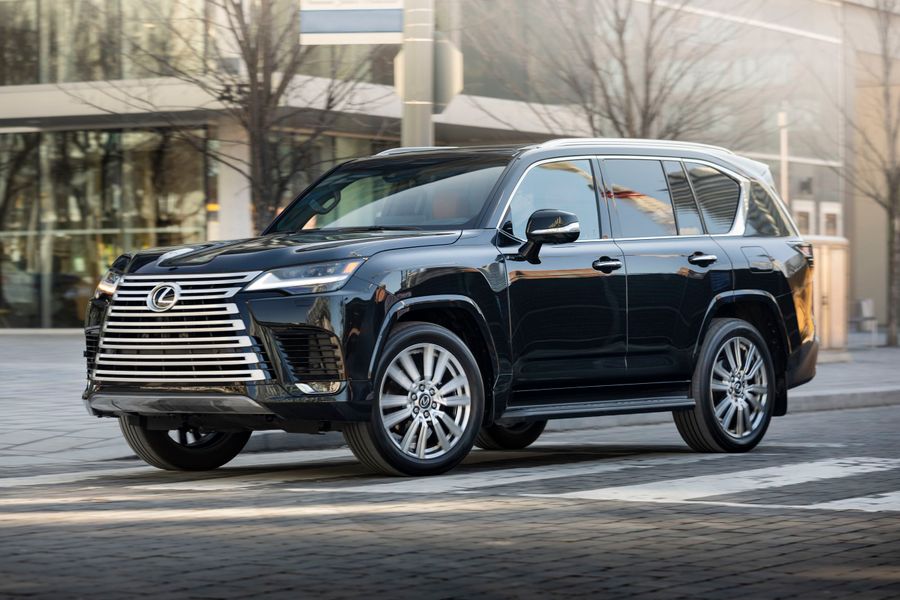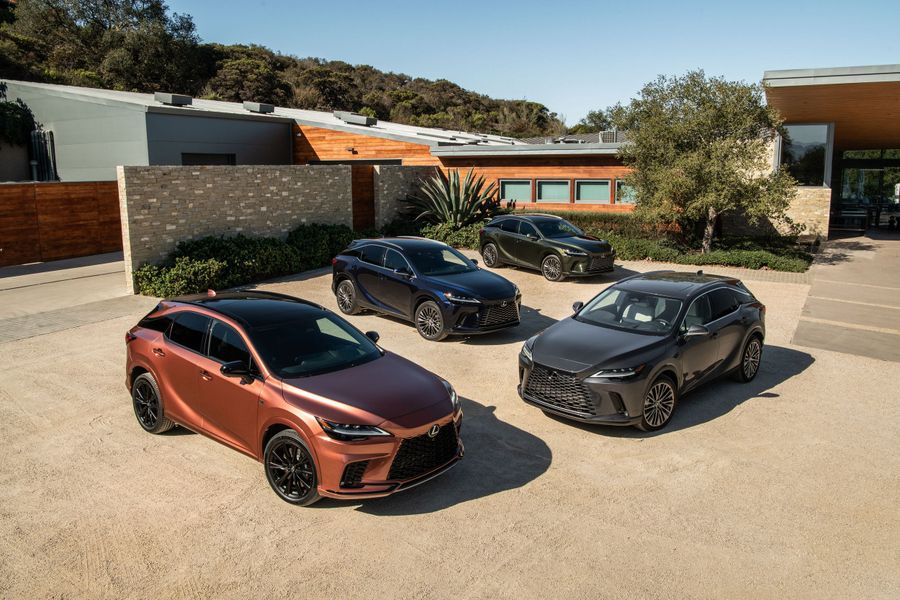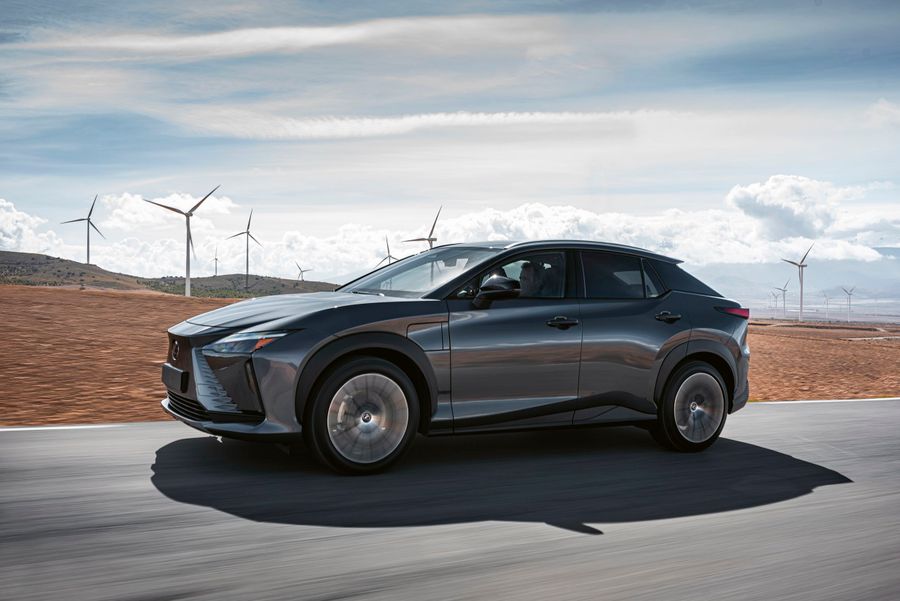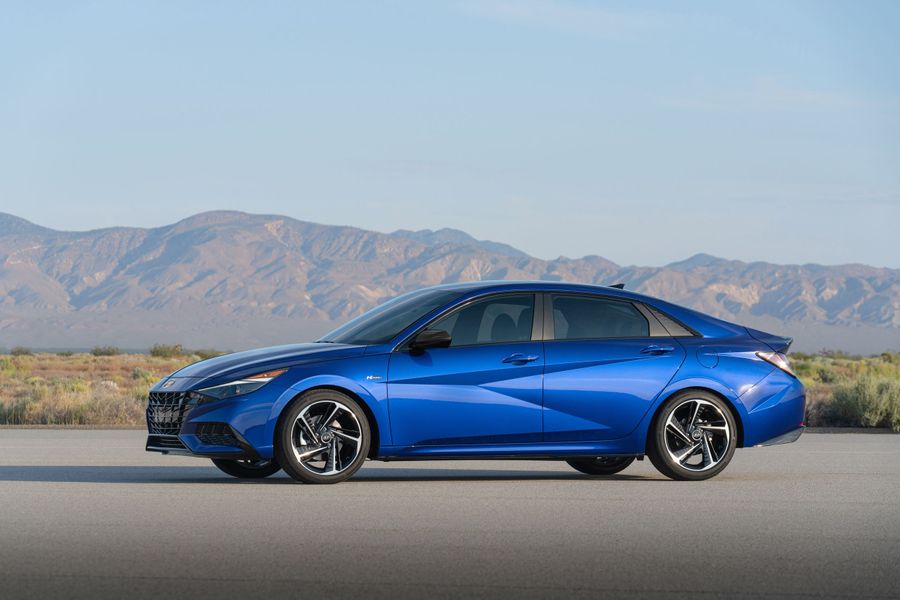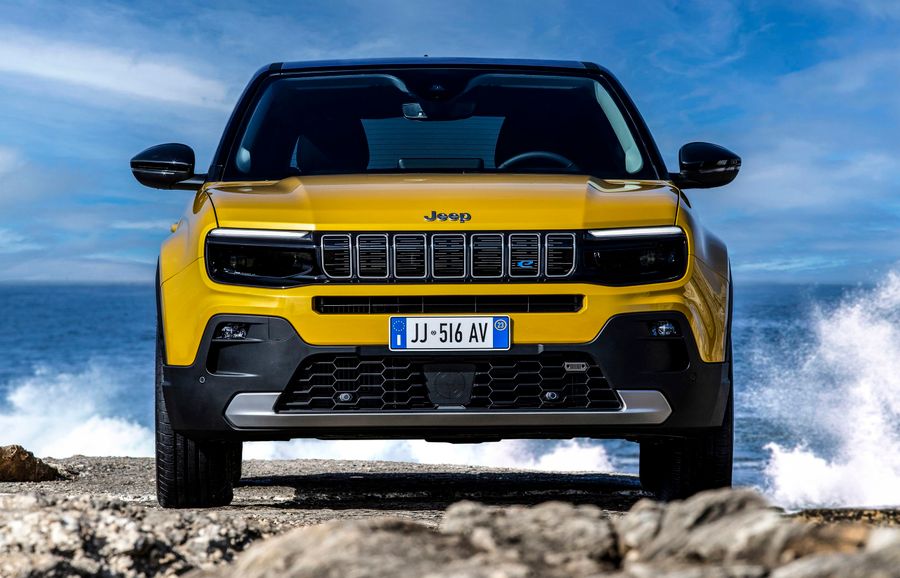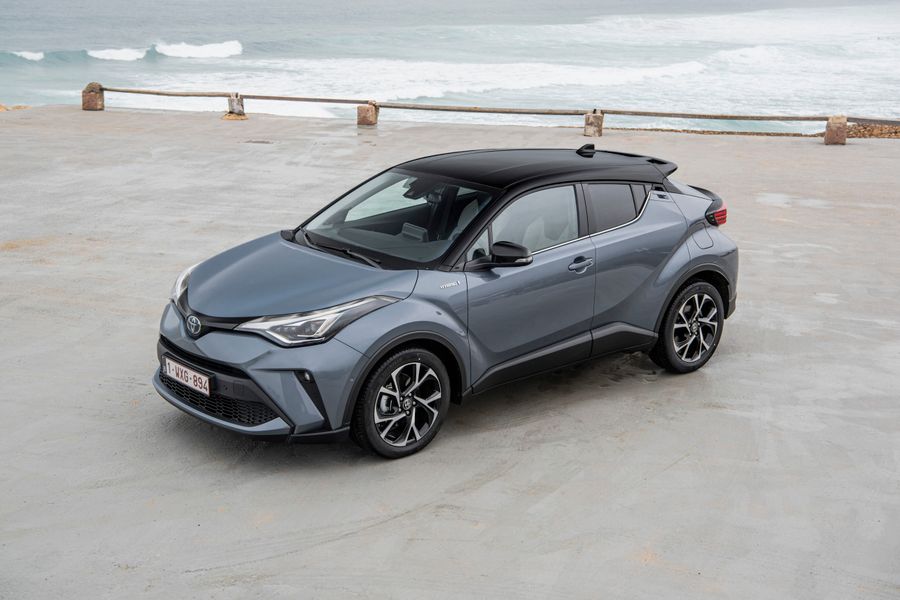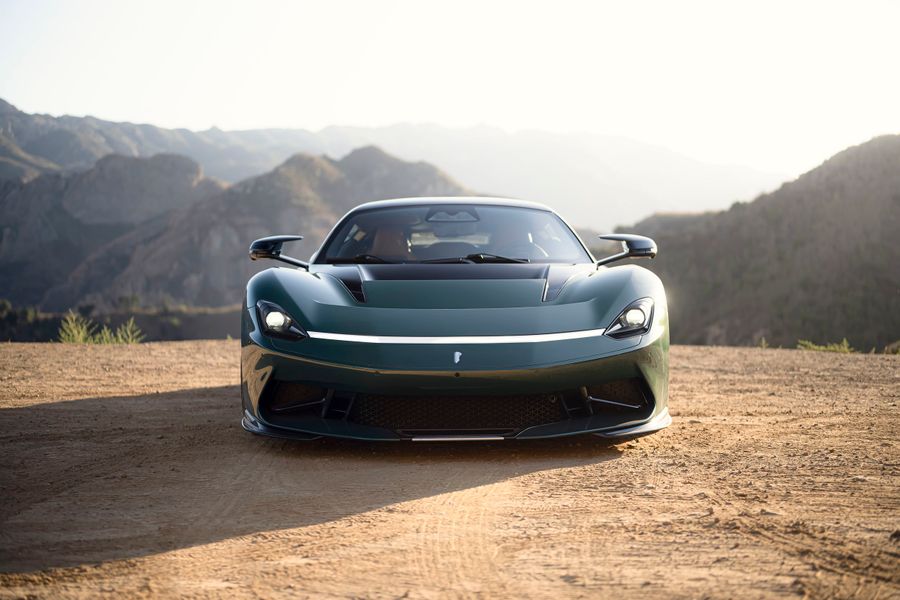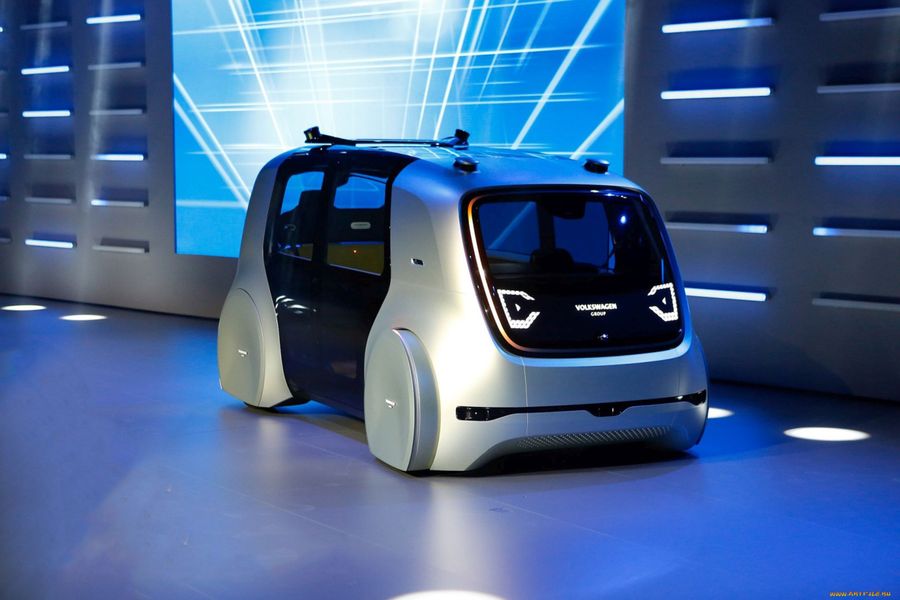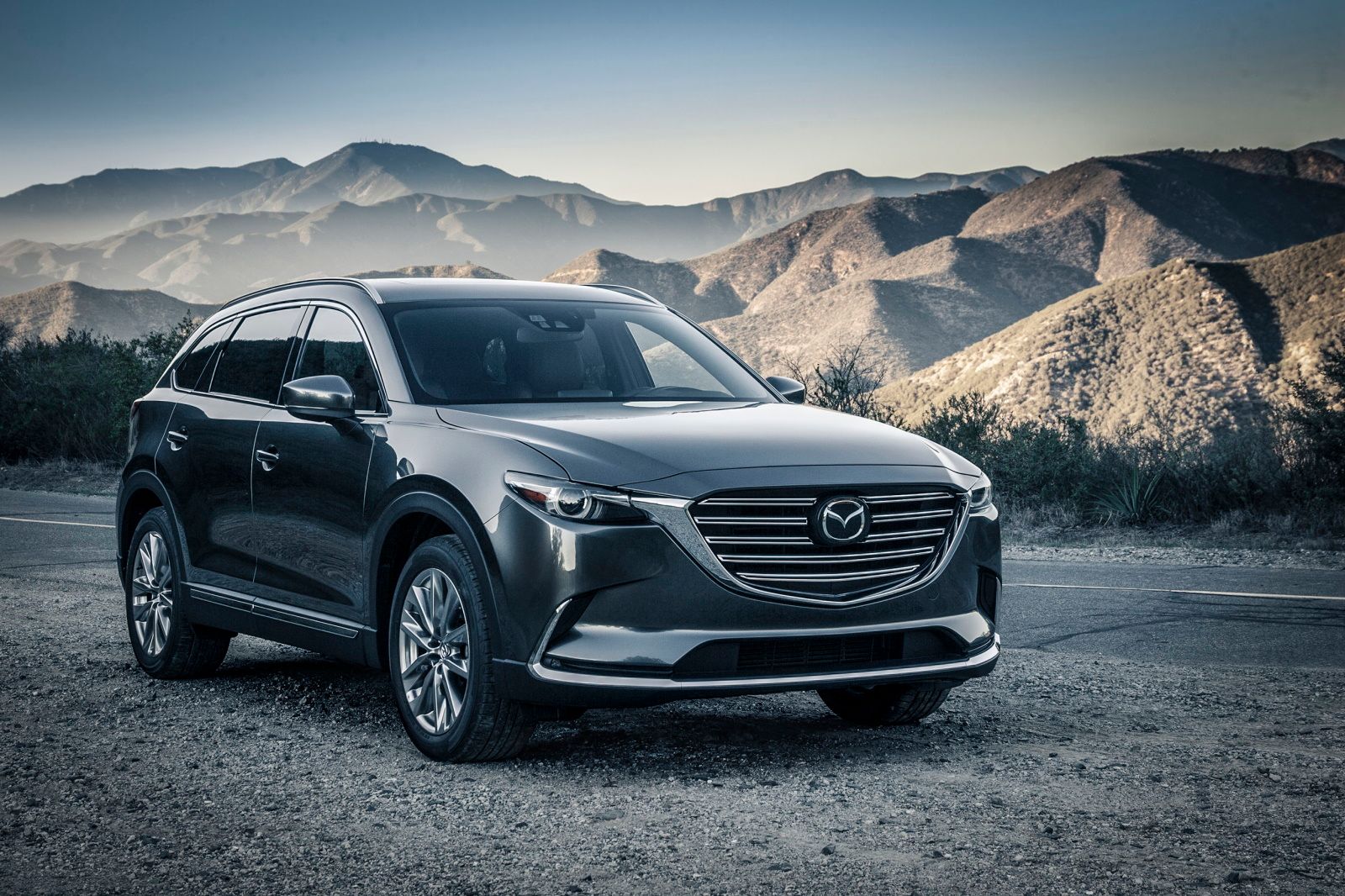
Mazda. A true sporty car
Mazda is a Japanese commpany that has strted with conventional corks and became a world-class carmaker. Mazda Motor Corporation is a part of the Sumitomo keiretsu, established back in 1630! This larg production group includes the different companies, engaged in financial sector, mechanic engineering, power industry, ferrous and non-ferrous metallurgy. Mazda Motor has 3 factories in Japan and 18 plants elsewhere, almost in every contnent: in US, Belgium, South Africa, India, South Korea, Thailand, Malazia. Mazda cars are sold in 120 countries (as of 2011-2019). Mazda Motor Corporation produces cars, commercial vehicles, buses, and minibuses. However, the most popular product of Mazda are its sporty cars, as they bring out the best in the rotary engine, the brand identity of the company.
How did it all begin?
The 12-th son of a fisherman, Jujiro Matsuda was born in Hiroshima. In the '20s of the XX century, his company Toyo Cork Kogyo only produced corks. In 1931, the company engaged in the production of small three-wheeled trucks, common for Japan at that time. The company was renamed Mazda. This name was similar to the founder’s name and also associated with Ahura Mazda, the deity of light and wisdom in Zoroastrianism.
However, Mazda became a world-class automotive corporation after the Second World War when Jujiro’s son, Tenuji Matsuda, got the Mazda car production going. Up to 1963, the company has produced one million cars.
The company was renamed into Mazda. This name was similar to the founder’s name and also associated with Ahura Mazda, the deity of light and wisdom in Zoroastrianism.
But the real leap was still ahead of Mazda! In the Tokyo Motor Show, Mazda has shown the first rotary engine it had developed. Later it became the brand identity of the company. Mazda used Wankel rotary engines before - as a result of the collaboration with NSU.
Mazda scored a new success with its Cosmo Sports 110S with a rotary engine! It has had a low-silhouette streamlined body. For its time, it looked really futuristic. To prove the reliability of its engine, Mazda set out Cosmo in one of the most tiresome European races - Nürburgring 84 hours where Cosmo come in 4th. Regardless of their gluttony for fuel, the rotary engines became popular all over the world. High-power and light-weight, they surpassed the competitors who used heavy V6 or V8 motors to achieve the same performance.
The most popular models
During the next years, the cars with rotary-engines rolled out the assembly line one by one: 1968 - Familia Rotary Coupe (R100), 1969 - R100 Rotary SS Sedan, 1970 - Capella RX-2. By the year of 1970, more than 100 000 cars with rotary engines have been produced. Mazda started collaborating with the American Ford in automatic transmission production, with British Perkins Services N.V - in Diesel engine production. It also created the Mioshi testing ground and scored many glorious victories in motorsports with a racing competitor Rod Millen who thrice won the New Zealand Rally Championship driving Mazda RX-3. By the year of 1979, Mazda produced 10 M cars! Even the financial crisis couldn’t stop the company from using rotary engines! And this is great!
The range of supercars continued with RX-76 that set up the national speed record by accelerating up to 383.724 km/h on the Bonneville Salt Flats. Mazda MX-5 with all-aluminum bodywork was as lightweight as 980 kg with a Cx coefficient of 0.38. This car had several upgrades and four generations. The first generation was marketed in 2014, it’s equipped with SkyActiv now. Mazda-787B with a rotary engine in the winner of the 24 Hours of Le Mans.
RX-76 set up the national speed record by accelerating up to 383.724 km/h on the Bonneville Salt Flats. Mazda-787B with a rotary engine in the winner of the 24 Hours of Le Mans
Later at the North American International Auto Show, a concept car RX-Evolve reincarnated in RX-8 having 231 hp for its top version! It’s the world’s first model with a series-produced two-section rotary Renesis engine. Its predecessor - RX-7 - became the most powerful car of its time! Having 105 hp, it could accelerate up to 200 km/h.
In 2009, Mazda showed its first SkyActiv technologies to improve fuel efficiency and power. Fuel consumption substantially decreased, so that Mazda cars became nearly as fuel-effective as hybrids. And the dynamics and sportiness of Mazda haven’t been compromised! 2011 was the year of the debut of the sports crossover Mazda CX-5 with SkyActiv technology. Having introduced KODO: The Soul Of Motion, Mazda made all its new models take the full beauty and power of motion.
New technologies
For several decades, Mazda has been engaged in hydrogen vehicle development. For instance, the company created the hybrid version of the compact Premacy minivan, equipped with a rotary engine that can be fueled by both gasoline and hydrogen. In 2010, Toyota and Mazda entered the agreement to provide shared use of the hybrid technologies, used for Toyota Prius.
Mazda also develops the usage of recycled materials. In 2008, Mazda5 with bioplastic extension housing and bio-fabric seats. 30% of interior part materials are ecologically friendly.
While doing all this, Mazda doesn’t stop its sports car production! The world-famous RX-7 gave way to RX-8. Compact and mid-range cars are also not forgotten. Mazda considers these the most promising and effective for its further development.


